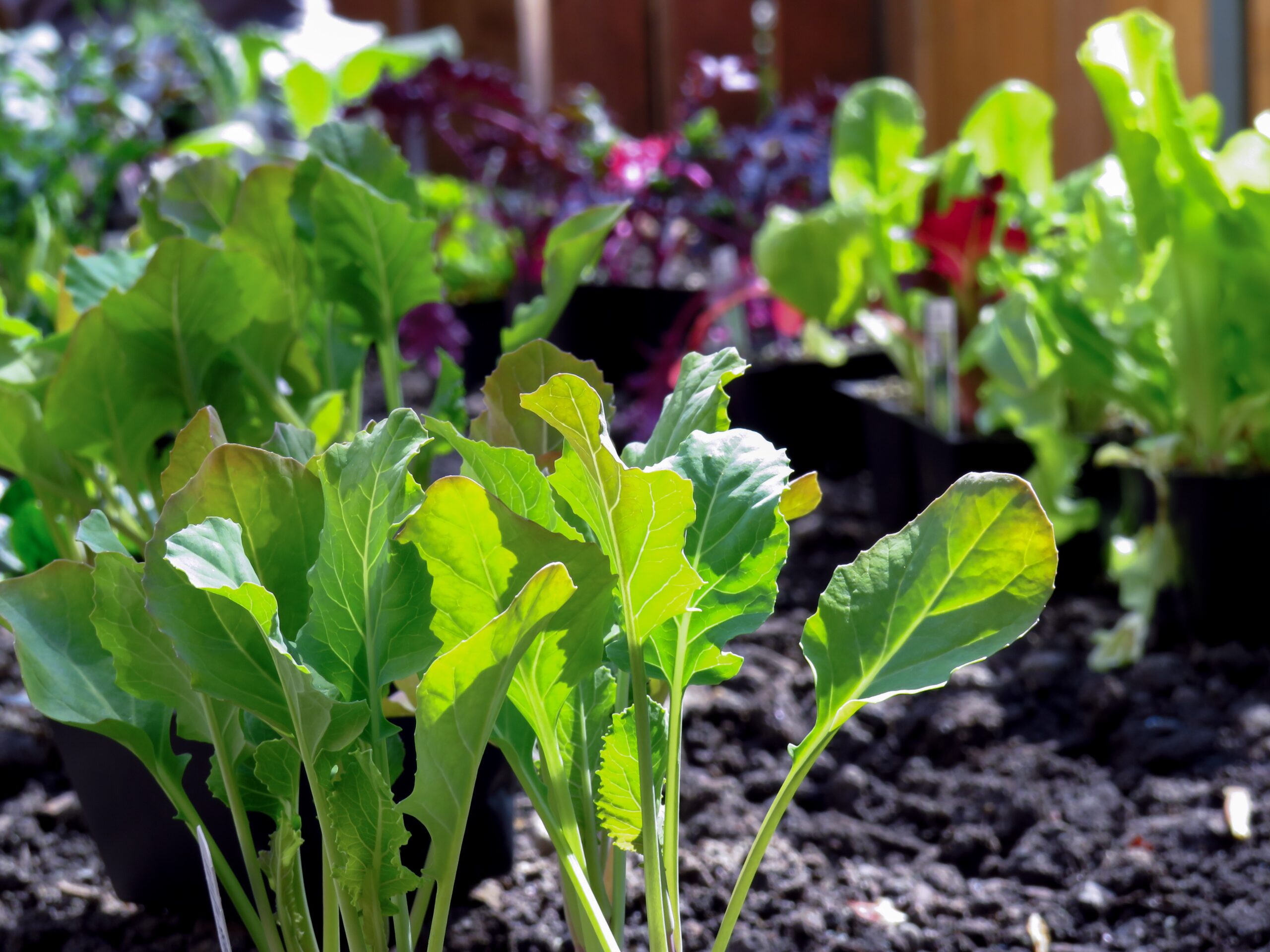Spinach, a nutrient-packed leafy green, has long been celebrated for its health benefits and versatile culinary applications. Whether you’re a seasoned gardener or a novice with a green thumb, planting spinach is a rewarding endeavor that can bring fresh, homegrown goodness to your table. This comprehensive guide will walk you through the step-by-step process of cultivating spinach, from selecting the right variety to harvesting a bountiful crop.
Choosing the Right Variety
Before you embark on your spinach-growing journey, it’s essential to choose the right variety for your climate and gardening preferences. Spinach varieties fall into three main categories: Savoy, Semi-savoy, and Flat-leafed. Savoy varieties have crinkled leaves, Semi-savoy has a less crinkled texture, and Flat-leafed varieties have smooth leaves. Additionally, consider the cold-hardiness of the spinach variety, as some are better suited for cooler climates.
Preparing the Soil
Spinach thrives in well-drained, nutrient-rich soil with a slightly acidic to neutral pH. Begin by preparing your garden bed or container by removing debris, rocks, and weeds. Incorporate organic matter such as compost or well-rotted manure to improve soil fertility and structure. A soil test can help you determine if any amendments are needed to achieve the optimal pH level for spinach growth.
Planting Seeds
Spinach can be grown from seeds or seedlings, but starting from seeds allows for greater variety selection and control over the entire growing process. Plant spinach seeds directly in the soil, spacing them according to the recommendations on the seed packet. Sow the seeds at a depth of about 1/2 inch and cover them lightly with soil. Water the area gently to ensure good seed-to-soil contact.
Watering and Mulching
Spinach requires consistent moisture to thrive, so it’s crucial to establish a regular watering routine. Water the plants deeply, providing about 1 to 1.5 inches of water per week. To help retain moisture and suppress weeds, consider applying a layer of organic mulch around the plants. Mulching also helps regulate soil temperature, creating a more favorable environment for spinach growth.
Sunlight and Temperature
Spinach is a cool-season crop that prefers cooler temperatures for optimal growth. It thrives in full sun to partial shade, although in warmer climates, providing some afternoon shade can prevent the plants from bolting prematurely. The ideal temperature range for spinach is between 35°F and 75°F, making it suitable for both spring and fall planting.
Fertilizing
Fertilize your spinach plants with a balanced, all-purpose fertilizer when they reach the four-leaf stage. Follow the package instructions for application rates, and avoid over-fertilizing, as this can lead to excessive foliage growth at the expense of leaf production. A second application of fertilizer can be applied about four weeks after the first to sustain the plants throughout the growing season.
Thinning and Transplanting
Once the spinach seedlings have reached a height of 2-3 inches, thin them to ensure proper spacing. This prevents overcrowding and promotes air circulation, reducing the risk of diseases. Use scissors or garden shears to cut the weaker seedlings at the soil level, leaving the strongest ones spaced according to the recommended distance. If you started with seedlings, transplant them to the final spacing at this stage.
Pest and Disease Management
Keep a watchful eye for common pests like aphids, caterpillars, and slugs that may target spinach. Regularly inspect the leaves and remove any pests by hand or use organic insecticidal soap for a gentle yet effective solution. Additionally, practicing crop rotation and maintaining good garden hygiene can help prevent soil-borne diseases.
Harvesting Spinach
Spinach leaves are ready for harvest when they reach a usable size, typically 4-6 inches in length. Harvesting can be done by cutting individual leaves with scissors or harvesting the entire plant by cutting it at the base. Regular harvesting encourages continuous leaf production. If you notice any signs of bolting (flowering), harvest the entire plant immediately, as the leaves will become bitter once this process begins.




